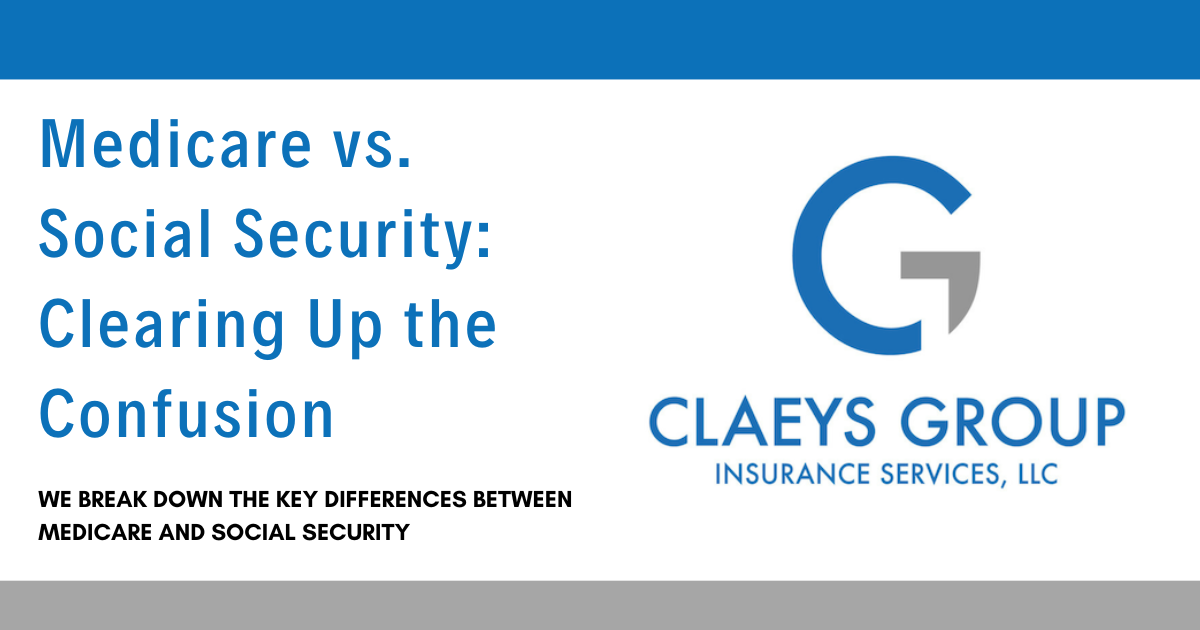
Just last week, a client informed me he was warned by a “professional” at the local Social Security office that he could not receive Medicare benefits without first drawing social security. My immediate response was shock—that someone working in the Social Security administration did not understand Medicare any better than that, and, worse, would dispense patently false information to people depending on his “expertise.” But that illustrates the type of confusion that exists regarding the relationship between Medicare and Social Security. Well, it’s time to eliminate the misunderstanding.
Medicare and Social Security are two of the most significant social insurance programs in the United States, designed to assist elderly and disabled individuals. Both are funded by payroll taxes and serve vital, yet distinct, roles in providing financial security and healthcare benefits. Here’s a breakdown of how each program works:
Together, Medicare and Social Security form the backbone of the U.S. social safety net for older adults and disabled individuals, helping them to manage healthcare costs and maintain a degree of financial security in their later years.
So, what is the relationship between the two? The correlation concerns whether one qualifies for getting Medicare Part A for a zero premium or has to pay a premium to get it.
An individual becomes eligible for Part A at no cost if he or she is entitled to receive Social Security benefits or railroad retirement benefits, or if that person’s spouse (living or deceased, including divorced spouses) is eligible to receive Social Security or railroad retirement benefits (or if the individual is the dependent parent of a fully insured [under the Social Security program] deceased child). To simplify, if one works ten years (or 40 quarters) in jobs that deduct Social Security taxes, he or she qualifies for premium-free Medicare Part A.
But what if you have not met that qualification; can you still get Medicare Part A? The answer is yes. You may qualify for premium-free Part A based on the work record of your spouse. (In that case, your spouse—either your current, deceased, or even divorced spouse—needs to have met the 40-quarter qualification and needs to be at least 62 years of age.)
Otherwise, if you’re 65 or older, you can buy into Medicare by paying monthly premiums for Part A hospital insurance. This premium can cost up to $411 per month, depending on the amount of qualified quarters you worked. (By acquiring Part A, you can also get Part B by paying the same premiums as other people.)
Now we return to the government worker’s false statement: You can’t get Medicare without, first, drawing Social Security. Many of our clients get Medicare at age 65 but delay their Social Security benefits until 66 or later. (A very small minority of them wait until 70.) So, yes, you can benefit from Medicare coverage long before drawing Social Security. The key here is: If you qualify to receive Social Security benefits—no matter when you choose to draw Social Security—you will also qualify to receive Medicare Part A at a zero premium. If you are in that category, congratulations! But don’t fall for someone telling you that you have to draw your Social Security before you can get on Medicare; that simply is not true.
Who really wants to think about dying? Buying life insurance means we must face our…
When it comes to retirement planning, Social Security is one of the most important—and often…
Claeys Group Insurance Services has been named top life insurance agency in Tyler, TX…
This article details upcoming changes to Medicare with the Inflation Reduction Act, or IRA. What…
With the ever-changing changing economic landscape of late, and with many considering retirement at age…
The Donut Hole & Inflation Reduction Act The Inflation Reduction Act, passed by Congress in…
This website uses cookies.
Read More